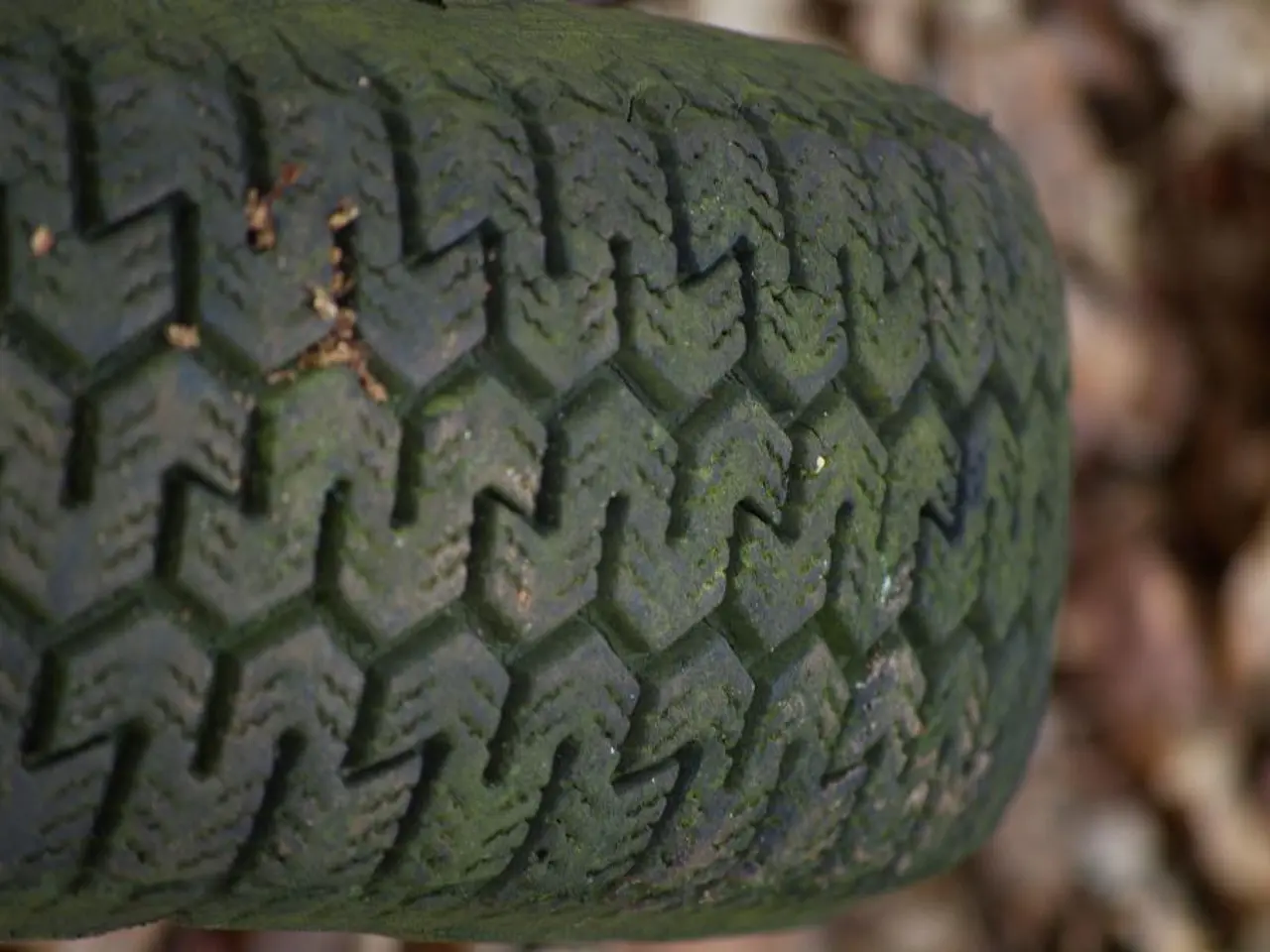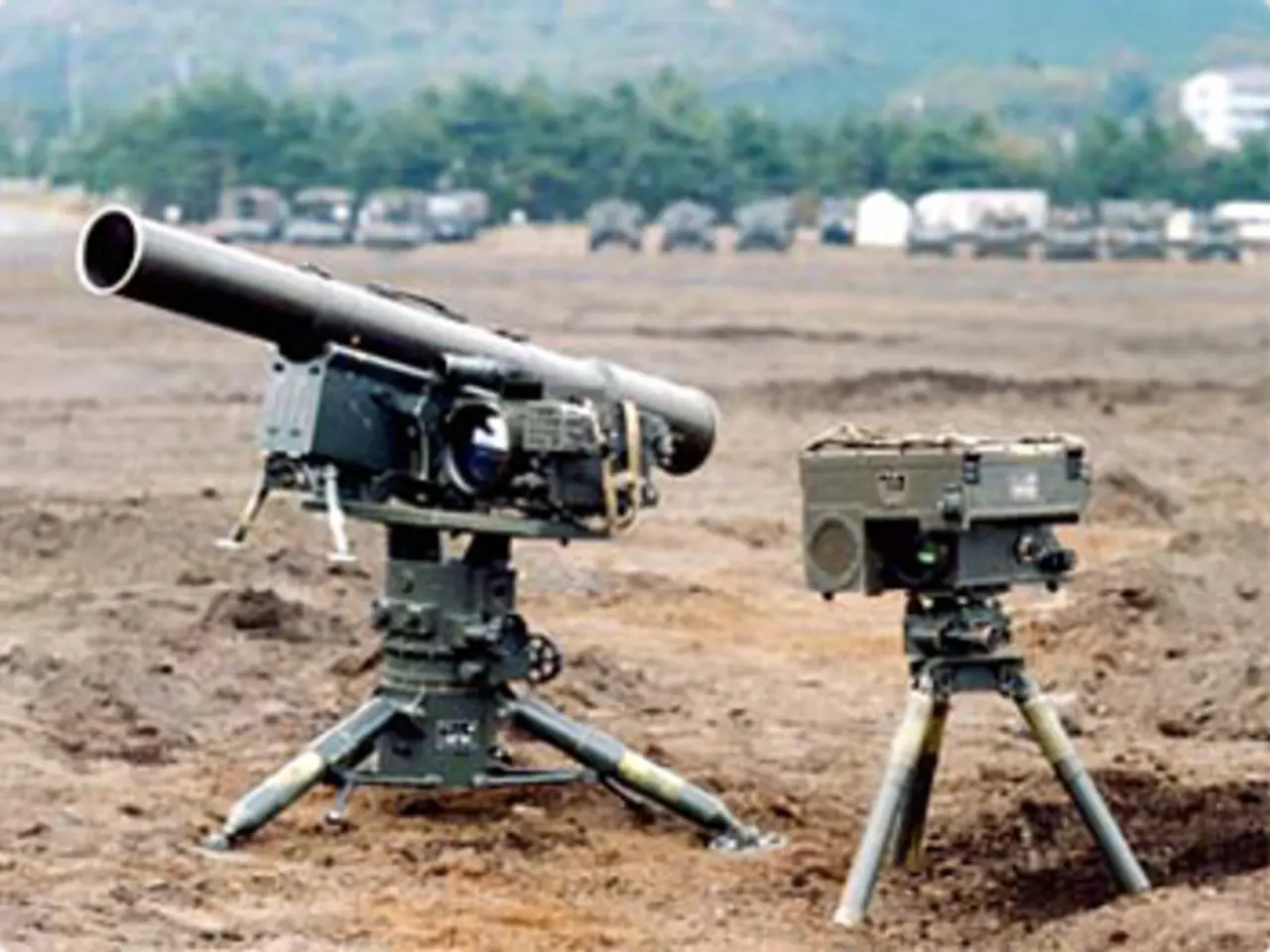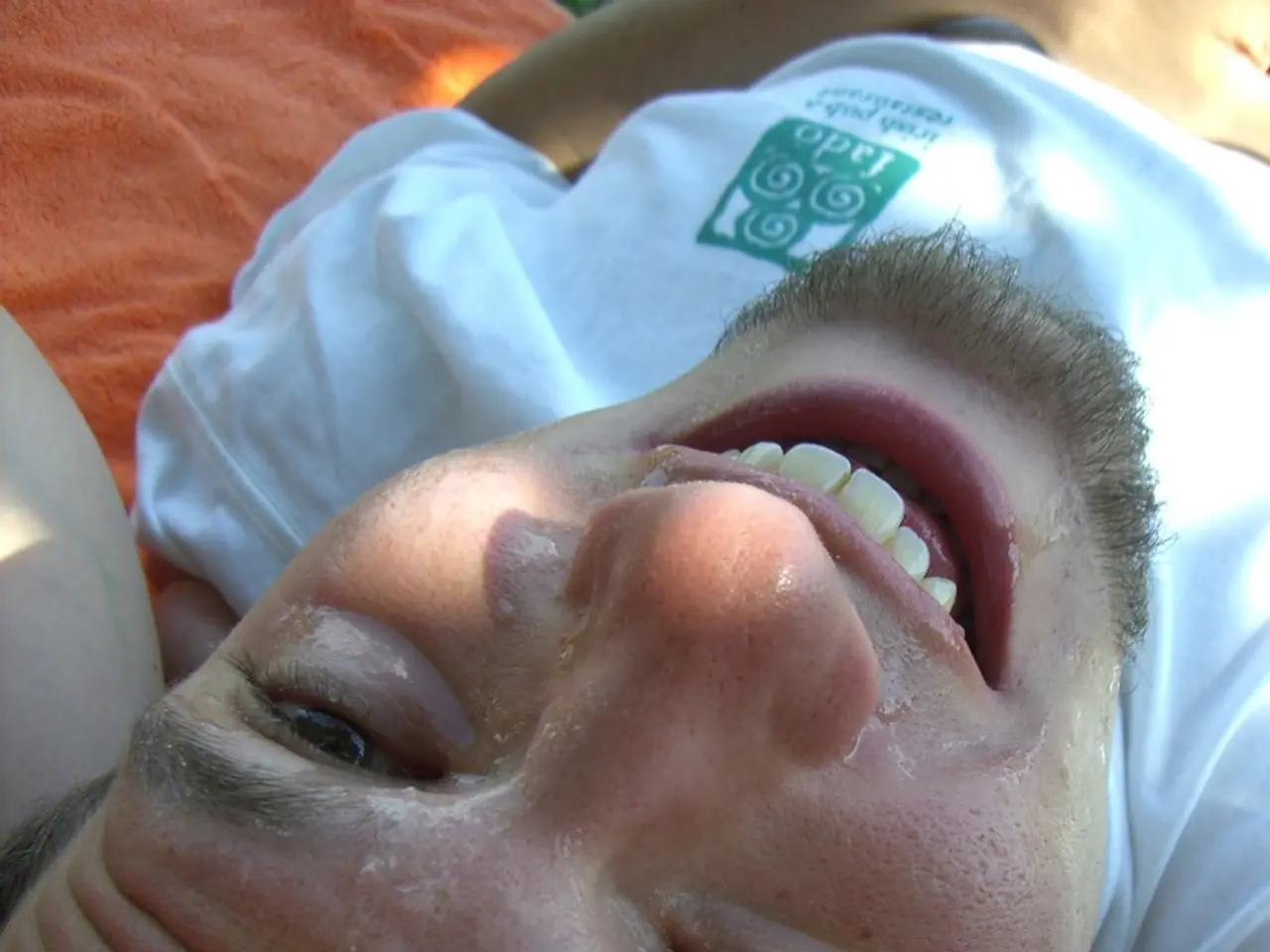Questioning the Accuracy of Bicycle Tyre Testing: A Fresh Look at Rolling Resistance and Drum Storage
### News Article: Comparing the Chung Method and Drum Testing in Tyre Rolling Resistance Measurement
#### Overview
Two primary methods are used in the cycling industry to measure tyre rolling resistance: Drum Testing and the Chung Method, also known as Virtual Elevation Testing. While both methods have their merits, they differ significantly in their approach and accuracy.
#### Drum Testing
Drum Testing is a controlled method that simulates real-world conditions on a roller drum. It is beneficial for comparing the relative performance of different tyres under consistent conditions [1]. This method, which has been used for decades, provides a standardised approach to evaluating tyres, but it has its limitations.
#### The Chung Method
The Chung Method, on the other hand, involves real-world testing by riding a bike with different tyres on a fixed course. It requires a power meter and measures rolling resistance by comparing the speed and power output of each tyre on real surfaces [3]. This method provides a more accurate representation of rolling resistance under varied conditions, making it more suitable for real-world scenarios.
#### Key Differences
One of the significant differences between the two methods lies in the environment in which they are conducted. Drum Testing is performed in a controlled environment, which can lead to discrepancies when translated to real-world scenarios, especially on uneven or unpaved surfaces [1]. In contrast, the Chung Method tests tires on actual roads or surfaces, capturing both casing and impedance losses that are not fully accounted for by drum testing [1][3].
#### Complexity and Cost
Drum testing is relatively simpler and less expensive as it does not require the extensive setup and variability control needed for field tests [3]. The Chung Method, however, is more complex and costly due to the need for a power meter, consistent weather conditions, and rider control to ensure accurate results [3].
#### Comparison Summary
| **Method** | **Controlled Environment** | **Real-World Accuracy** | **Complexity/Cost** | |------------|---------------------------|------------------------|--------------------| | **Drum Testing** | Controlled lab conditions | Low for real-world surfaces | Simple, Less Expensive | | **Chung Method** | Real-world conditions | High accuracy for real surfaces | Complex, More Expensive |
#### Conclusion
The Chung Method offers a more accurate assessment of rolling resistance on real-world surfaces, both paved and unpaved, by directly testing tires in actual riding conditions. Drum Testing, while useful for comparing tires under controlled conditions, may not accurately reflect real-world performance, especially on varied or uneven surfaces. However, drum testing remains valuable for predicting relative differences between tires.
In real-world conditions, lower pressures reduce impedance losses, which become more significant as surfaces get bumpier. The Chung Method can be useful for optimizing equipment choice and finding optimal tyre pressure for a given surface. The prevailing belief in cycling that higher pressures have lower rolling resistance is false.
The roll-down test is another testing technique where a rider repeatedly rides down a hill with tightly controlled variables to isolate the tyre's losses. The steel drum test measures one key source of energy loss caused by the deformation of the tyre casing, known as hysteresis loss. However, on actual, paved roads, rolling resistance becomes more complex and the steel drum test does not reflect another major aspect of rolling resistance called impedance or suspension losses.
Drum testing skews performance results due to the size of the drum, particularly for tyres with lower pressures or more tread. In the realm of gravel races, where surfaces are inconsistent, the Chung Method can help riders make informed decisions about their equipment choices. The Chung Method, or Virtual Elevation Testing, is a preferred testing method for predicting Crr in field testing.
Science and technology play significant roles in the Chung Method and Drum Testing, both used for measuring tyre rolling resistance in cycling. The Chung Method, also known as Virtual Elevation Testing, uses a power meter and real-world testing on a fixed course to provide a more accurate representation of rolling resistance under varied conditions (Science, Technology). On the other hand, Drum Testing simulates real-world conditions on a roller drum, providing a standardised approach but with limitations (Science, Technology, Sports). Understanding these methods can help cyclists make informed decisions about their equipment choices, especially in unpredictable terrain like gravel races (Science, Sports).




